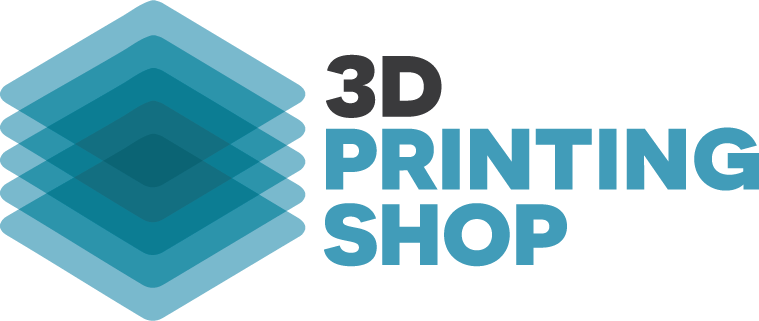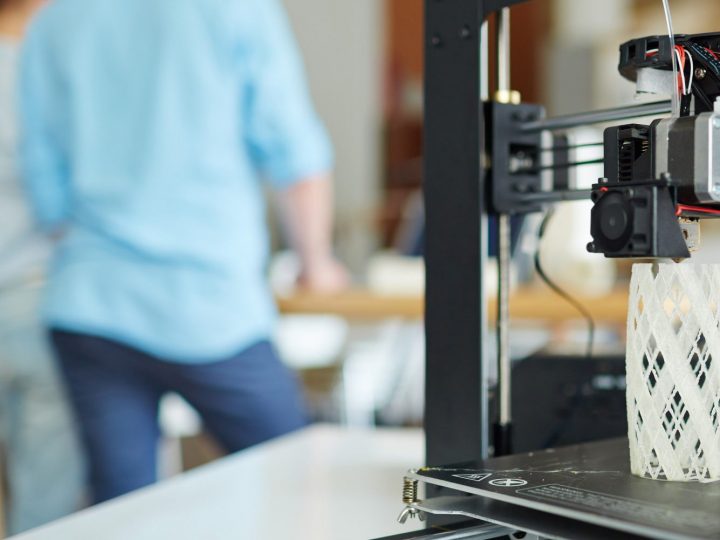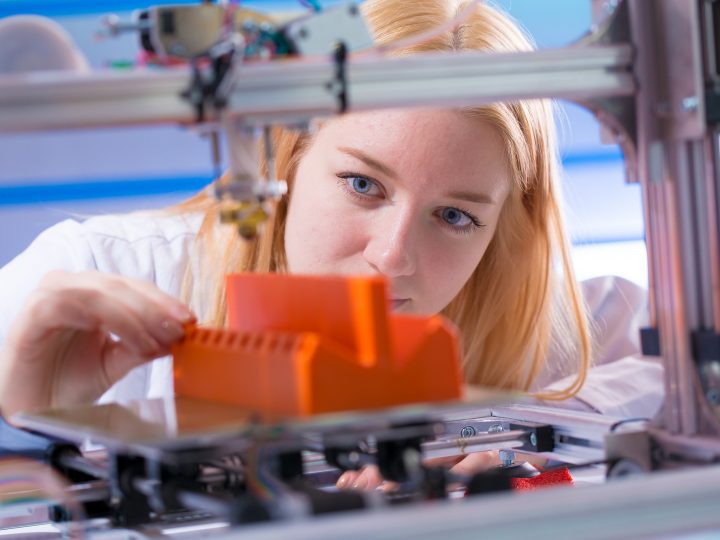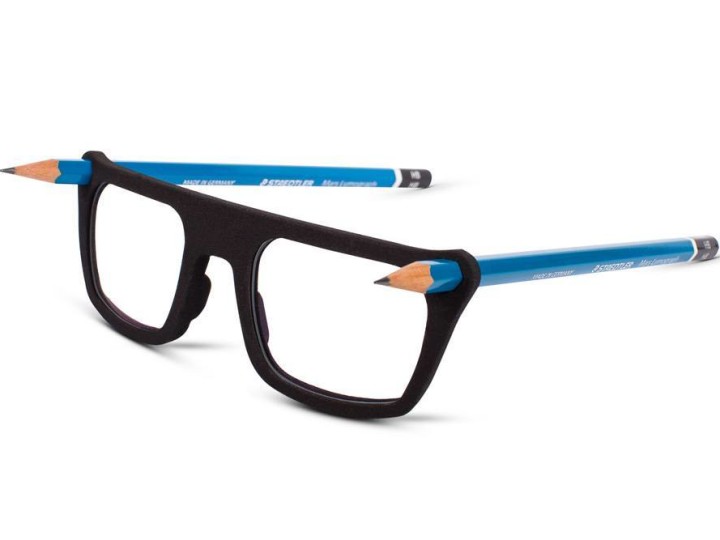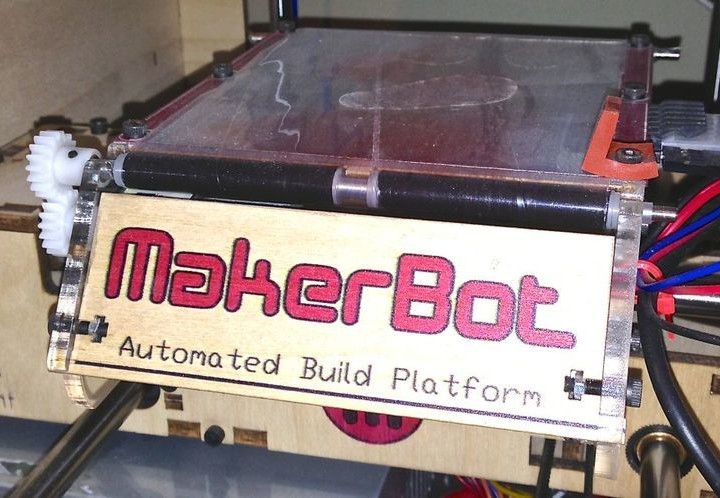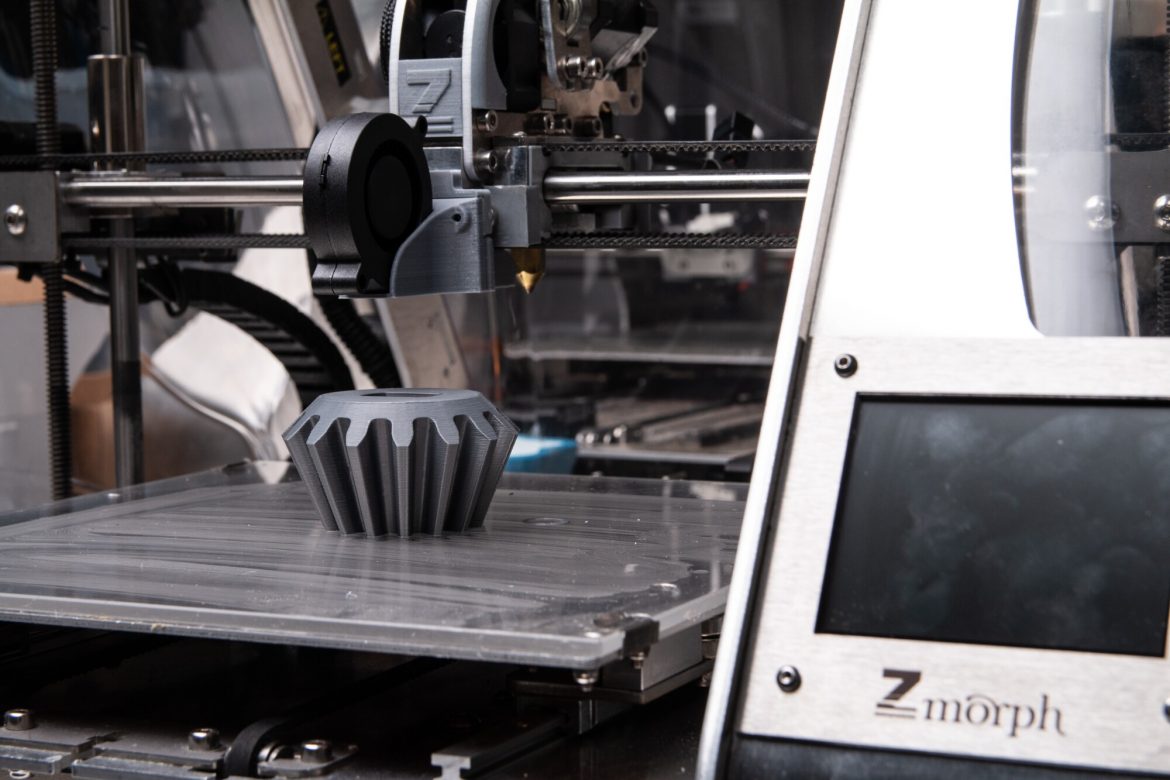
According to research, the 3D printing industry may experience an average growth of 21% from 2021 to 2028. This growth is mainly due to the increased demand for printers and printing services in various fields. One industry that embraced and adopted the use of these printers is the education services sector. Teachers are now using this technology to transform how they deliver content and engage students. As a stakeholder in this field, you may ask the question; ‘How can 3D printing be used in education?’ Read on to discover the benefits of adopting 3D printing in education.
We’ll also explain several ways teachers and learners can use it to make learning fun and engaging.
1. Encourages Problem Solving
A key issue that education systems across the world face is helping students become innovative. When you focus on theory classes, kids may fail to develop enough practical skills.
But, using 3D printing, you provide a unique learning experience in various ways. First, the kids get to learn the basics of how these printers work. They can use this knowledge to troubleshoot problems and run the machine with little or no help.
Besides, teaching them how to make various tools or devices encourages innovation. When faced with a problem, they can create a prototype to solve it instead of using something already in the market. This way, they develop problem-solving skills and creativity, which they can apply in other parts of their life.
2. Engages All Kids
Some children find learning boring, especially when the subject at hand does not motivate them. Moreover, those with a high level of creativity may find typical lessons tiring and monotonous. Using 3D printing in the education industry can help engage all children.
Instead of always learning from the teacher, students can form groups to brainstorm ideas on what to create using the device. They can also share tasks such as designing or drawing, printing, and presentation among themselves.
If every child participates in a task they like, they will enjoy the entire learning process. They can also be more proactive in coming up with ideas and implementing them.
3. Complements the Curriculum
A syllabus that focuses on theoretical knowledge can reduce creativity and bore students. It can also prevent them from exploring their interests and discovering talents,
Adopting 3D printing allows teachers to complement the course content and make learning more exciting. You can use this technology to simplify some topics and ensure your students understand them.
For example, when teaching about the colours of a rainbow, you can print a model for future reference. You may also create arithmetic puzzles to help kids learn how to solve math problems.
Another way you can balance learning using 3D printing is by applying it in basic geography. Kids can make models of different features such as mountains, valleys, and stars. They can then use them to create a sample topography of their surroundings.
Since learners will now have fun practising what they study in class, they may value education. Other than that, they can develop interests in subjects they earlier thought were boring.
4. New Learning Possibilities
Creating new learning opportunities is another crucial reason for 3D printing applications in education. Using this technology, you allow students to experiment with different ideas. This process can help them gain academic curiosity and learn from their mistakes.
Experimenting also promotes brain development and allows kids to view things from a unique perspective. Moreover, when a project they created succeeds, they gain confidence in their work and discover new ways to express themselves.
Learning in a visual environment also improves how children understand the world. Instead of wondering how objects function, they can make sample designs and test them with the help of their teachers.
By doing this, they will determine the components of some things they use at home. Children also understand how separate parts combine to enable a tool or object to perform a specific function.
For example, they can discover how a train works when making wagons and joining them with strings or wires. Such a project will help them build their reasoning by translating visual designs to tangible items.
5. Encourages Artistry
Using 3D printing in education can help students gain different art skills. For example, when they draw their draft designs on paper, they may learn painting and sketching. Apart from that, they will understand how to mix different colours to achieve the desired shade.
Another way 3D technology encourages artistry is by allowing kids to visualize the final product before printing it.
This way, they can come up with ways to improve the design before making the prototype. With the help of an instructor, they may also assess different models, then determine which one they wish to print.
Making virtual designs can boost imagination, which is a vital art skill. The brainstorming process also allows learners to develop a high level of creativity. They will also gain new cognitive skills and sharpen what they already learn in class.
6. Facilitates Hands-On Learning
A hands-on learning environment encourages students to take part in various projects. It also allows young children to understand real-life experiences and situations through demonstration.
With 3D printing, it’s easy to create a hands-on environment in almost all subjects. You can use the technology to make illustration objects, which will allow students to understand various topics better.
For example, if you’re teaching them about continents, they can print out models and use them for identification. On the other hand, they can make dolls to understand different body parts.
By establishing a practical-based learning environment, students can gain knowledge through exploration. Other than that, teachers can motivate them to take part in all subjects and shared projects.
Adopt 3D Printing in Education Now
Using 3D printing in your classes allows children to explore and develop essential skills. At 3D Printing Shop, we provide you with all the services and tools you need to incorporate this technology in your classes.
We sell high-quality equipment and provide printing services to help you encourage innovative learning. Our experts can also guide you in determining the different uses of 3D printing in education. Start shopping today to explore the possibilities of hands-on learning.
